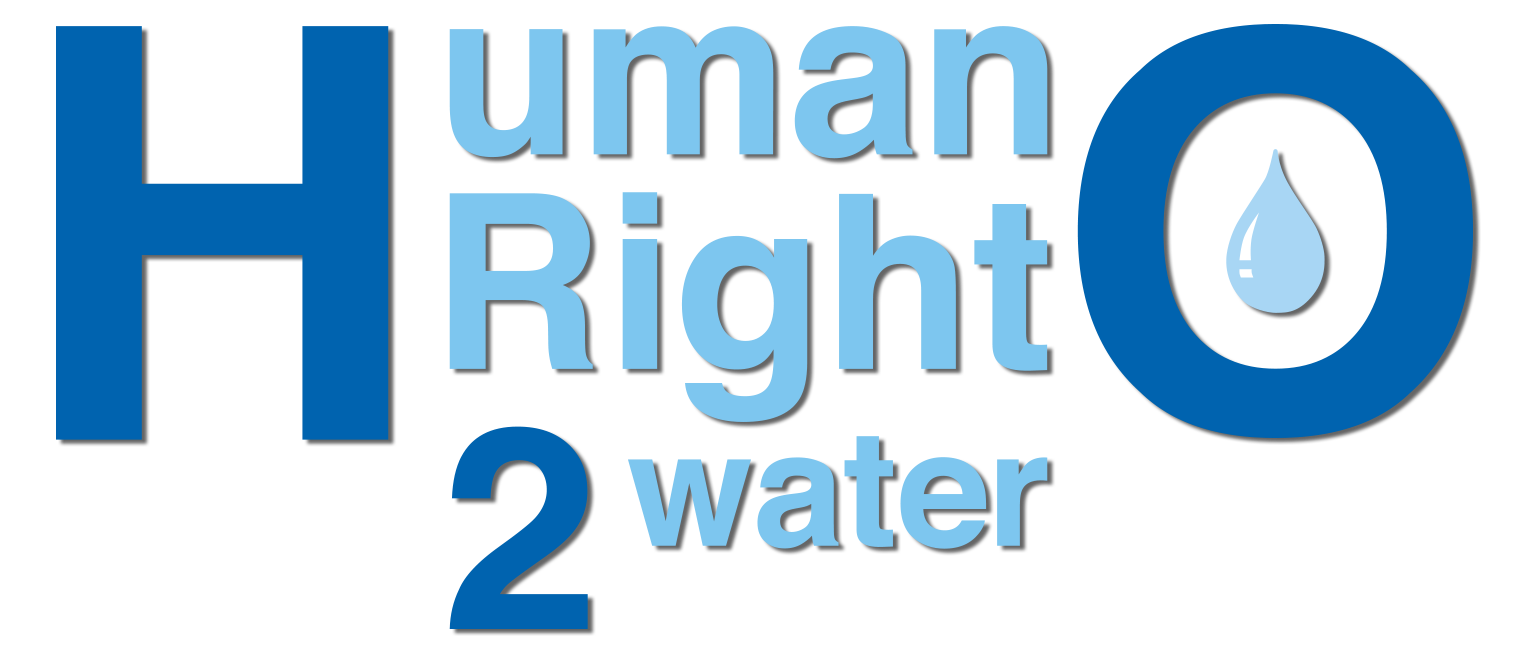Human Right 2 Water has partnered with the Kenyan National Commission on Human Rights (KNCHR) to develop several projects in Kenya. You can find below a summary of the programmes we have participated in to help authorities guarantee the human rights to water and sanitation as well as other rights into their constitution. It is thanks to the support of the Swiss Development Cooperation and White and Case that we are able to continue to provide these services.
Water Programme for Kenya, 2021

Country Assessment for Kenya, 2024

Legal Country Mapping for Kenya, 2018

Kenya Water Programme
Kenya is facing difficulties in achieving 100% universal access to water and sanitation by 2030 in line with its commitment to the Sustainable Development Goals. The Kenyan Constitution recognises the right to clean and safe water in adequate quantities and to reasonable standards of sanitation. However, despite efforts by the government, several parts of the country still suffer water shortages and poor sanitation. Natural disasters, especially floods, and the current COVID-19 pandemic pose urgent threats to the realisation HRWS in the country and in the current scenario, vulnerable people are disproportionately impacted by the lack of water and sanitation.
The Kenyan National Commission on Human Rights (KNCHR) was keen on improving the access to water and sanitation in the country and joined forces in this project with Human Right 2 Water to fight the challenges of implementing the human rights to water and sanitation (HRWS), focusing on Kenya’s North-eastern region.
The project aimed primarily to develop a system for establishing human rights-based indicators, that identify the key challenges that need to be addressed for vulnerable people without access to safe and sustainable water and sanitation. Secondly, it seeked to set up a monitoring system, using existing institutions and local communities for collection and distribution of data. Finally, it strived to include local communities in the development and tracking of human rights indicators as a means to increase awareness of their rights and duties, and to increase local ownership of the solutions, especially for vulnerable groups.
- Situation analysis of Marsabit and Garissa, based on the LNOB Tool developed by HR2W
- List of indicators developed and validifed by community and authority stakeholders in Marsabit and Garissa
- Model Action Plans for Marsabit and Garissa, for implementation of the human rights indicators, with responsible parties and budgets
The policy brief on this topic highlights the methodology and examples of this approach. The final documents are available here on the KNCHR website.
Marsabit County Action Plan for the Realisation of the Rights to Water and Sanitation
The Kenya National Commission on Human Rights (KNCHR) and HR2W partnered on this Leave No One Behind project to develop human right indicators for the realisation of the Human Right to Water and Sanitation. The process included a situation analysis in three counties, followed by the development of draft indicators in Marsabit and Garissa. Regular consultation and participation of relevant stakeholders including the county governments, and representatives of vulnerable groups, fostered ownership and accountability. The final stage of the project resulted in the adoption of County Action Plans in Marsabit and Garissa, to outline the responsibilities, plans and budgets for these two counties to start monitoring human rights indicators.
We acknowledge with thanks, the support from the Kenya National Commission on Human Rights (KNCHR) for supporting this project, and the Swiss Development Cooperation (SDC).
Country Assessment
The recognition of the right to a safe, clean, healthy and sustainable environment emerges in response to the increasing environmental degradation that endangers the ability of future generations to enjoy this human right. In October 2021, through the adoption of Resolution 48/13, the Human Rights Council first recognized the right to a clean and healthy environment. This resolution is a call for states to cooperate together and build capacity to protect the environment. Then, in July 2022, the human right to a clean and healthy environment was officially recognized as a human right by the General Assembly. Furthermore, this resolution has also focused on raising awareness that human rights cannot be addressed individually. Instead, states and actors need to focus on integrating and ensuring the realization of all human rights alongside the right to a healthy environment.
As a result, HR2W has refined our country legal mapping to also include the water related elements of human right to a safe, clean, healthy and sustainable environment. This methodology is framed around our usual assessment on the human rights to water and sanitation.
We acknowledge with thanks, the support from White and Case for applying this assessment to Kenya, the report of which can be found with the other country mappings on this page here.
Legal Country Mapping
Legal and policy mappings access the extent to which the human rights to water and sanitation are included in national legislation and provide an invaluable tool for identifying areas of concern.
This review of national and international water governance frameworks is made in with the international human rights legal framework in mind. Through this analysis we can identify laws which support realisation of access to safe water and adequate sanitation.
Beyond finding the laws which are present, one key component of the mapping involves identifying the gaps within the framework where the laws do not include the various normative criteria for the rights to water and sanitation. The identification of these gaps most significantly provides an opportunity to begin dialogue and action in the way of law and policy reform extending to supporting practical implementation to further the fulfilment of the human rights to water and sanitation.
The Legal Country Mapping was first completed in 2018. The Country Assessment which also includes the human right to a clean, safe and healthy environment (adopted by the UNGA on July 2022 resolution (A/76/L.75)) is a more recent assessment, completed in 2024. For access to the original Legal Country Mapping studies view here.

